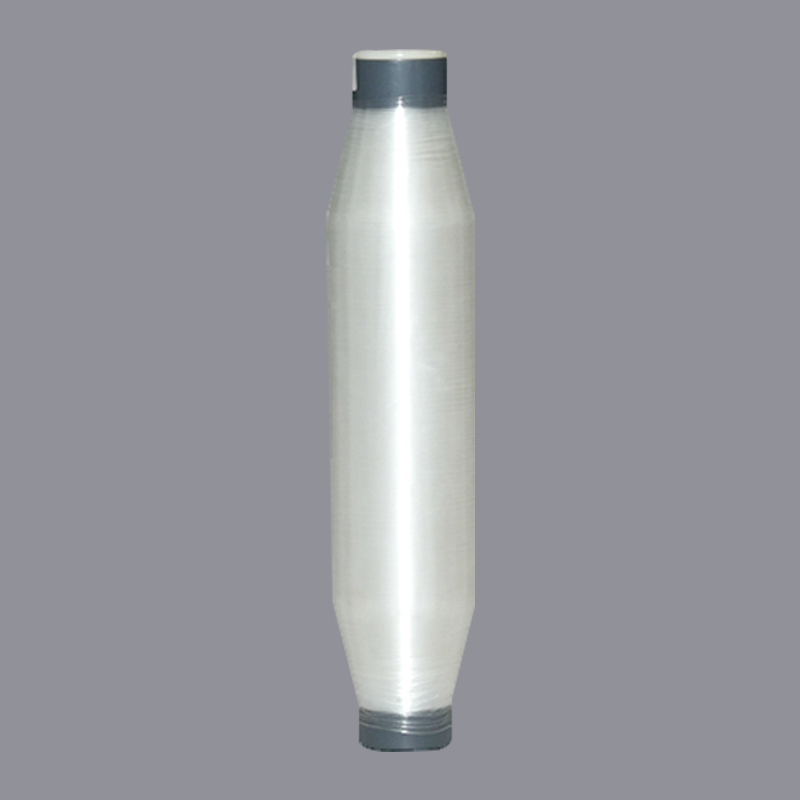Polyester filament is a crucial product in the chemical fiber industry. It is a continuous fiber made from polyethylene terephthalate (PET) polymer through processes such as melt spinning and stretching. Due to its excellent properties and wide range of applications, polyester filament occupies a central position in the modern textile industry.
Polyester Filament Production Process and Classification
The polyester filament production process generally involves the following key steps:
- Polyester Chip (PET) or Melt Preparation: Polyethylene terephthalate (PET) is used as the raw material.
- Melt Spinning: The PET raw material is melted at high temperature and extruded through a spinneret to form nascent fibers.
- Stretching: The nascent fibers are stretched to orient the molecules, increasing the fiber's strength and elasticity.
- Winding: The resulting filament is wound into a bobbin.
Polyester filament yarn can be primarily categorized into the following types based on subsequent processing techniques and morphology:
- Fully Drawn Yarn (FDY): Fully stretched during the spinning process, exhibiting good strength and low elongation, allowing direct weaving.
- Partially Oriented Yarn (POY): High-speed spun yarn that is only partially stretched requires subsequent stretching and texturing before use. It is the raw material for producing polyester low-stretch yarn.
- Drawn Texturized Yarn (DTY): Made from POY that has undergone a texturizing treatment, it exhibits bulk, good elasticity, and a soft feel. It is a common raw material for knitted and woven fabrics.
- Intermingled Yarn (NIM/HIM): Fibers are entangled through air jets to create a certain degree of cohesion, improving weaving properties.

Core Advantages of Polyester Filament
Polyester filament's popularity stems from its outstanding performance characteristics:
- High Strength and Abrasion Resistance: Polyester fiber possesses excellent tensile strength and abrasion resistance, making fabrics made from it exceptionally strong and durable.
- Excellent Elasticity and Wrinkle Resistance: Polyester fabrics are wrinkle-resistant, easy to care for, and maintain their shape.
- Corrosion Resistance: Polyester fabrics are resistant to a variety of chemicals, such as acids and alkalis.
- Quick-Drying: They absorb virtually no moisture, resulting in excellent breathability and quick-drying properties.
- Light and Heat Resistance: Polyester filaments exhibit good light resistance and maintain stable mechanical properties within a certain temperature range.
Applications of Polyester Filament
As a versatile chemical fiber, polyester filament is widely used in various fields:
- Apparel and Textiles: It is the primary raw material for the production of shirts, dresses, outerwear, sportswear, underwear, socks, and more. Fabrics made from low-stretch polyester filaments, in particular, offer a comfortable feel and a fuller appearance.
- Industrial Textiles: Used in automotive interiors, filter fabrics, conveyor belts, fishing nets, ropes, sewing thread, and various industrial fabrics.
- Home Textiles: Used in the production of curtains, bedding (such as duvet covers and sheets), carpets, and decorative fabrics.
- Decorative Materials: Due to its excellent dyeability and durability, it is also used in various decorative fabrics.


